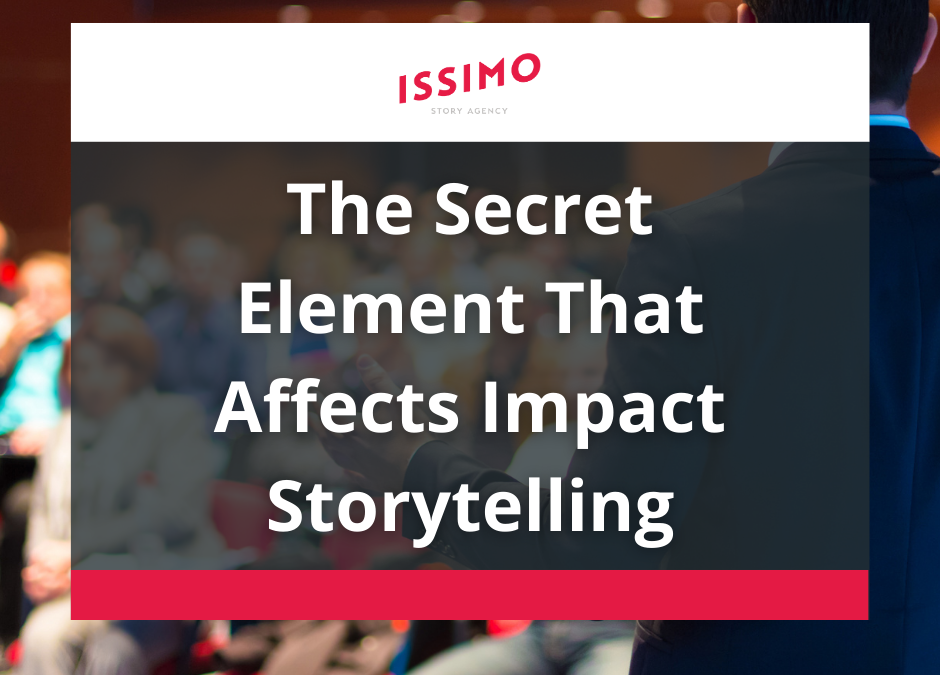How the Clarity Decay Curve Affects Impact Storytelling
Ask five people in your organization what your purpose is. Would you get the same answer? What about if you asked a handful of investors and donors?
If the answer changes from person to person, you may be dealing with the clarity decay curve, a steep drop in impact objective clarity the further you get from the organization.
Leadership may understand and tell the organization’s story and what they do with ease, but if the rest of the organization isn’t on the same page, your impact storytelling can become transformed, exaggerated or miscommunicated. Just like that, your impact objective can diverge from the heart of what you do to cause internal contraction and external disconnection.
Our recent attitudinal research study found half of all organizations are affected by the clarity decay curve. The other half say their organization’s impact objective is “crystal clear” to them. As we travel down the communication chain to teams and external stakeholders, only 24 percent say their internal team (outside of leadership) has a perfect understanding of the impact objective. This reflects a 50 percent drop in clarity as the message moves through the organization.
When there are significant gaps in understanding the organization, it makes it even harder to craft an engaging brand story. And when only 13 percent of respondents say donors and investors have a perfect understanding of their organization’s impact objective, it becomes nearly impossible to attract capital and inspire action. Gaps in understanding are missed opportunities for effective fundraising, and inconsistent messaging can erode trust and decrease loyalty.
Unless organizations can clearly articulate the root of their mission and why they exist consistently within each level of the communication chain, supporters’ efforts will be misguided and ineffective. With only 18 percent of organizations seeing the impact they want, addressing the clarity decay curve is the secret to better fundraising.
Impacts of the Clarity Decay Curve
Our research shows that budget or resources cannot make or break your fundraising success. The most significant barrier (and the reason why 82 percent don’t see the impact they want from their content) is the clarity decay curve.
Having a clarity decay curve makes it much harder for your organization to balance the head and the heart in your story, meet your audience where they are and achieve your fundraising goals. Clarity is the foundation of impact storytelling and getting the results you want.
Most respondents strongly believe telling a compelling and consistent story about their organization would make their fundraising efforts more effective and efficient. While the majority of them agree that the most important audience to influence is investors and donors, that’s only possible when your impact objective is clear for everybody, starting with internal stakeholders.
The Clarity Audit
The best way to assess whether the clarity decay curve exists inside your organization is to conduct what we call a “Clarity Audit.” Ultimately, you need to feel your organization’s heartbeat and whether everybody is deeply connected to the impact story, message and meaning behind what your organization does. Starting with the leadership team, survey various groups connected to your organization and have them answer the following questions:
- What do we do as an organization?
- Why do we exist?
- Who do we serve?
- What does winning look like?
Then ask the same questions to other groups across the organization and several external stakeholders, such as donors, investors, volunteers and partners. See if their answers align, if there’s a common thread connecting everybody, or if the impact objective changes as it travels throughout your organization.
Analyzing The Clarity Audit Leads to Better Impact Storytelling
If it’s clear that there’s a lack of clarity from person to person, now’s the time to consider why that might be. Identify aspects of your impact objective that diverge. Be thoughtful, check your biases, and be open-minded so you can think deeply about your organization.
As you undergo this Clarity Audit, pick the biggest area of discrepancy. You’ve just identified the most important story you need to craft. Select a medium that is suited for the message and the audience. It has to live outside the leadership team’s head to be effective and be fixed in a tangible medium that can be easily shared with stakeholders.
Here’s an example. Suppose the question “What does winning look like?” had the most varied responses between the groups you surveyed. Let’s say your external partners had the biggest need for clarity on this question. That’s where you want to start. You decide that a short video would help communicate the message best. Tailor your impact storytelling to the target audience’s needs (in this case, partners). What do they need to understand or feel to become better advocates of your organization?
Closing Thoughts
Now that you understand the clarity decay curve and have the tools to analyze your organization, what comes next shouldn’t be overcomplicated. As British novelist William Golding said, “The greatest ideas are the simplest.”
Next month, we’ll discuss how messages and creative for external audiences are often used for internal purposes. However, that doesn’t mean you need separate impact storytelling for your internal and external audiences. Your story should be relevant, inspiring and impactful for anyone who finds value in your work.
To learn more about each segments’ behaviors and how you can tell the right story, check out our entire executive summary. And to explore the data yourself, check it out here.

